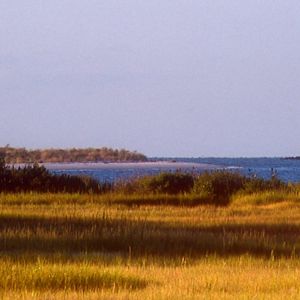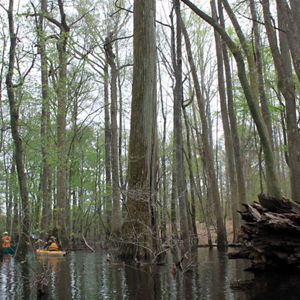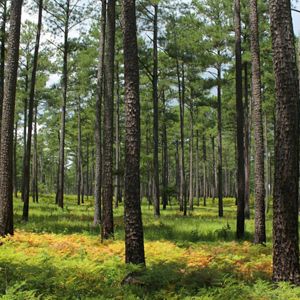Description
The 14 undeveloped barrier and marsh islands of the Volgenau Virginia Coast Reserve (VVCR) help to protect Eastern Shore communities from storm surges and sea level rise, as well as providing critical wildlife habitat. The mainland and island preserves of VVCR offer visitors unique natural experiences.
The barrier islands shelter more than 250 species of raptors, songbirds and shorebirds, which find food in the adjacent bays and salt marshes.
For five decades, VVCR's migratory bird program has managed and protected coastal habitats for the bird species that depend on them for survival.
Most TNC owned islands are open to the public for low-impact, recreational day use, such as hiking, bird watching, surf fishing and photography. These include Smith, Myrtle, Mink, Cobb, Rogue, Sandy, Parramore and Revel Islands and the TNC owned portions of Metompkin, Cedar and Hog Islands.
Seasonal restrictions are in place to protect nesting birds—all areas above the high tide line are closed April through August.
Little Cobb and Ship Shoal Islands are CLOSED to visitor use at all times for scientific research and safety reasons.






